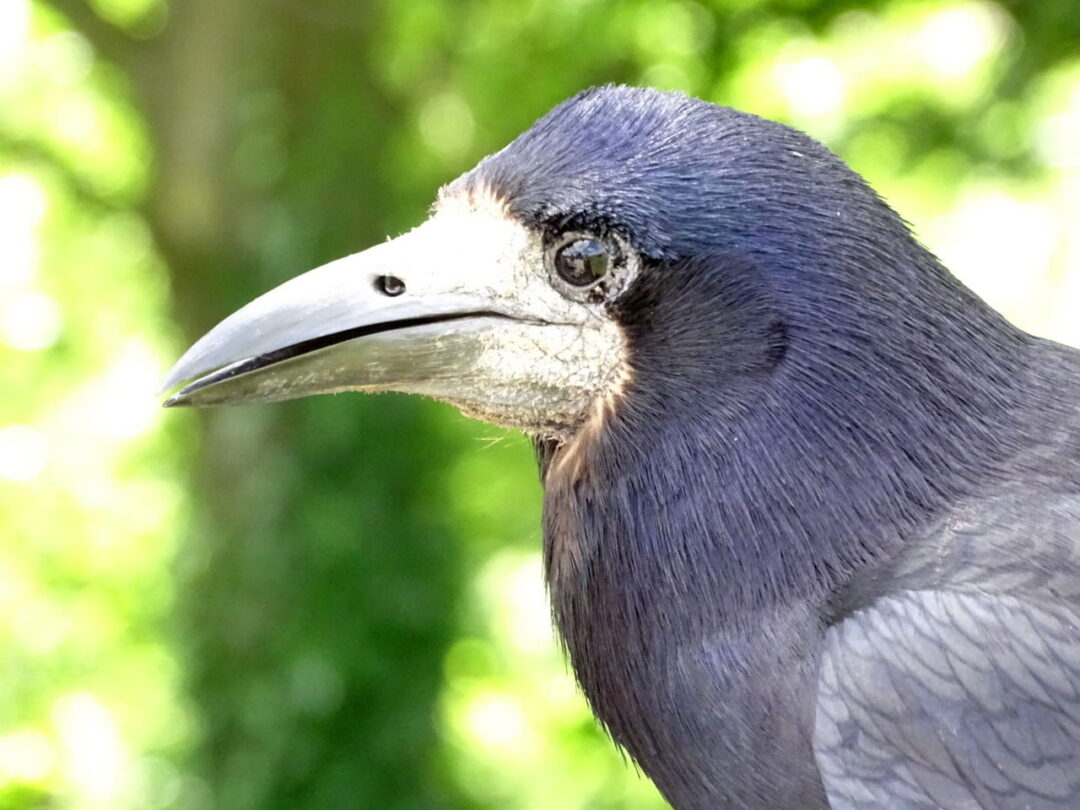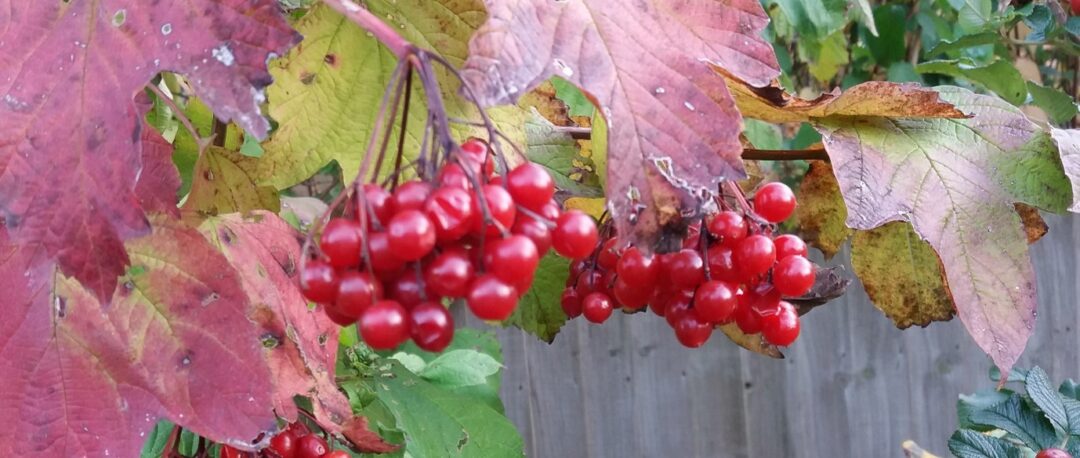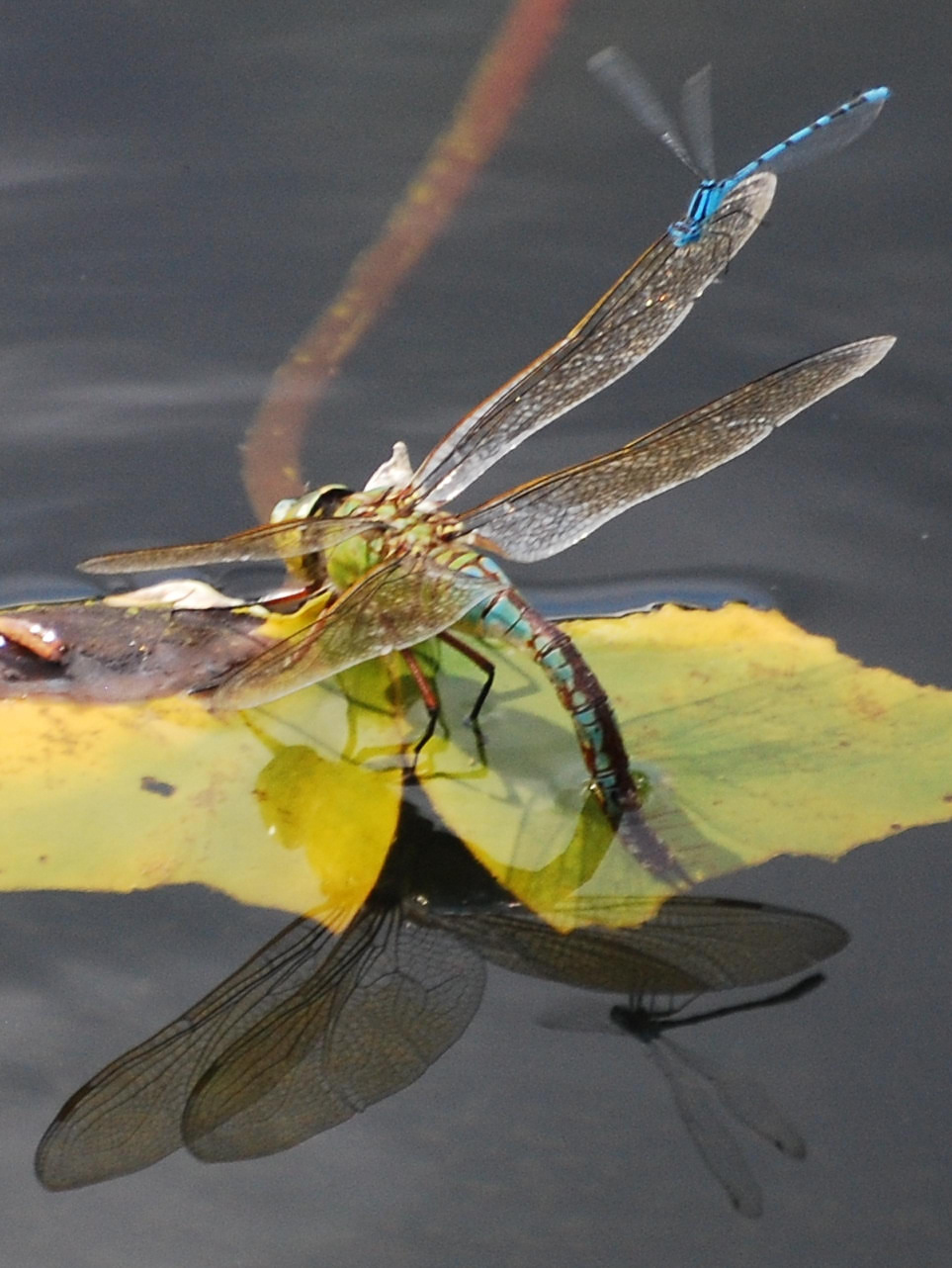The Redstart is one of the animals that will be staging an escape from the Museum. From left to right: male, female, and a juvenile.
‘What’s in a name?’
In Anglo-Saxon texts the red start is called a red ‘steort’. This little bird’s ancestors have been visiting here for centuries. Its scientific name is: Phoenicurus phoenicurus.
Both names are quite wonderful, the first for brevity and the second for exotic associations. Phoenicurus is from the Ancient Greek – ‘φοινιξ (phoinix) crimson, and ουροσ (ouros) – tailed’. (This conjures up images of the mythical phoenix.) ‘Steort’ is simply tail.
Vital Statistics
Length: 14 cm
Wingspan: 20-24 cm
Weight 11-19g
Diet
Redstarts eat insects, spiders and other invertebrates, and berries in the autumn.
Habitat
They are birds of the uplands and nest in deciduous broad-leaved woodlands, and hedgerows. They usually nest in holes in the trees, although they will use nest boxes. Dead grass, wool, moss, hair and feathers are used to line their nests. Oak woodland and birch woods are particularly favoured habitats.
Migration
The male redstarts arrive in mid-April, often a few days ahead of the female. They nest in the north and west, but they do appear in Kent, and black redstarts nest in the Medway area and coastal areas of Kent and East Sussex.
The journey that these small robin sized birds undertake is a long one. After mating, nesting and raising their chicks, they depart from United Kingdom shores between August and mid-October and fly to Africa catching insects on the wing.
The redstart winters in central Africa and Arabia. Their flight has been tracked using archival light level geolocators. From northern Europe in autumn they pass ‘west of the Mediterranenan Sea and along the northwest African coast before … [changing] direction at the southern edge of the Sahara toward the winter area farther inland in the West African Sahel’. Their flight back to northern Europe in the ‘spring is more direct: north to the Iberian Peninsular and back to northern Europe’.
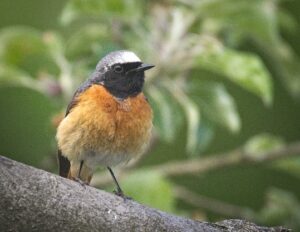
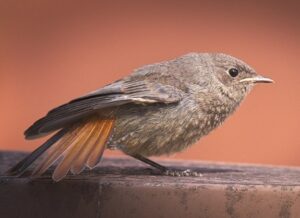

The black redstart is on the Red List of Conservation Concern with fewer than a hundred breeding pairs. Black redstarts, Phoenicurus ochruros, have adapted to living in urban and coastal areas and some do overwinter.
These Photos by Unknown Author are licensed under CC BY-SA
Information from RSPB and Research Gate.
https://www.rspb.org.uk/birds-and-wildlife/wildlife-guides/bird-a-z/redstart/
https://www.rspb.org.uk/birds-and-wildlife/wildlife-guides/bird-a-z/black-redstart/
Books to delve into
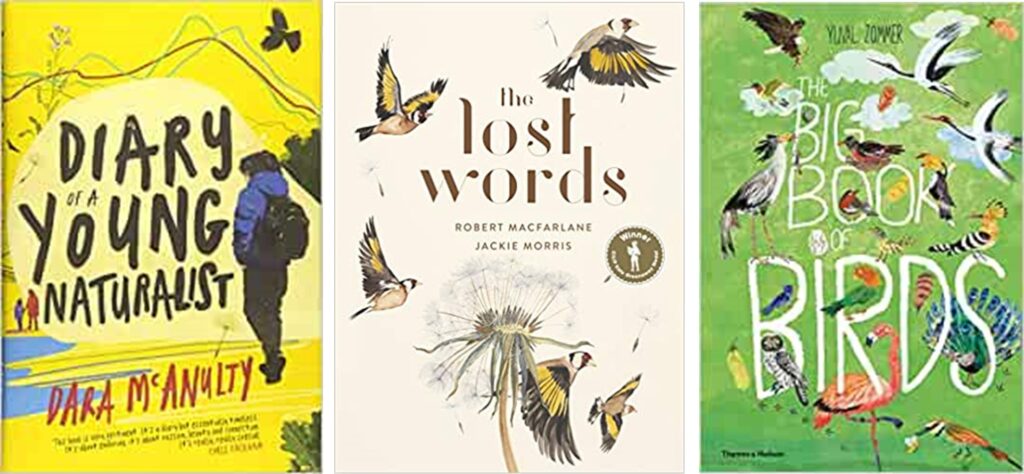
Some of you may have read Diary of a Young Naturalist by Dara McAnulty (Winner of the Wainwright Prize for Nature Writing 2020). This weekend on the hunt for children’s books on natural history, I noticed A Wild Child’s Book of Birds illustrated by Barry Falls. This is a book full of wonderful observations and illustrations. Visit the library and your local bookshops to see what beautiful books are waiting to be read.
Things to do
Have you ever thought about keeping your own nature journal?
Things you might record:
- The birds you see and hear in your garden
- The animals you see and hear in your garden or when walking
- Wildlife you spot from a window in your home
- Plants you find on a favourite walk
- Animal behaviour, such as insects mating, fighting and pollinating plants
- Changes in trees or plants – when they bud, flower and fruit
- A fallen feather
- A pressed leaf or flower
Here is a link to get you started: https://www.nhm.ac.uk/discover/how-to-make-and-use-a-nature-journal-to-record-your-wildlife-obs.html
Items needed:
- Hole punch
- Scissors
- Bit of stick or old pencil
- Old cereal package
- Rubber band or twine
- Paper (A4


